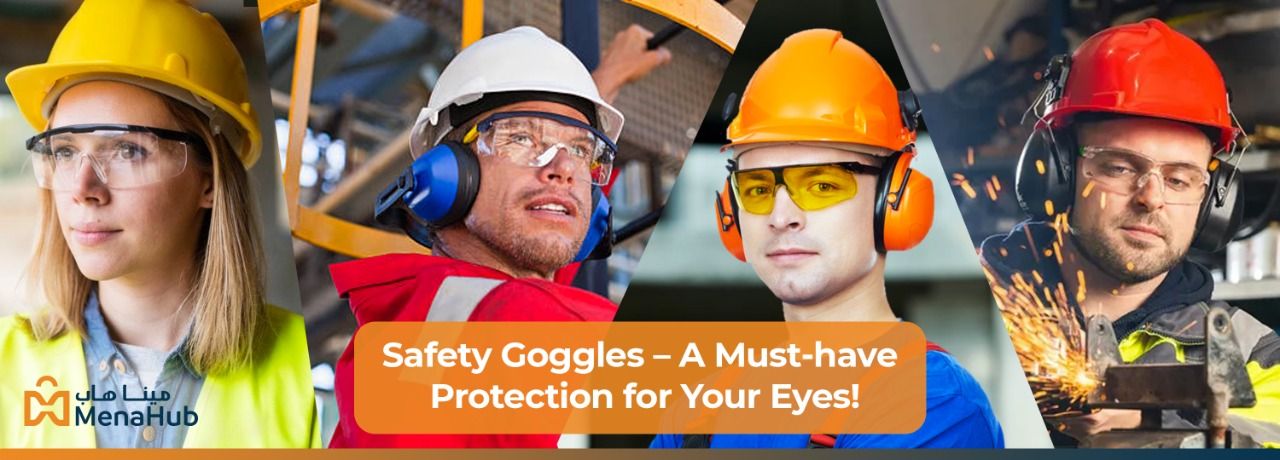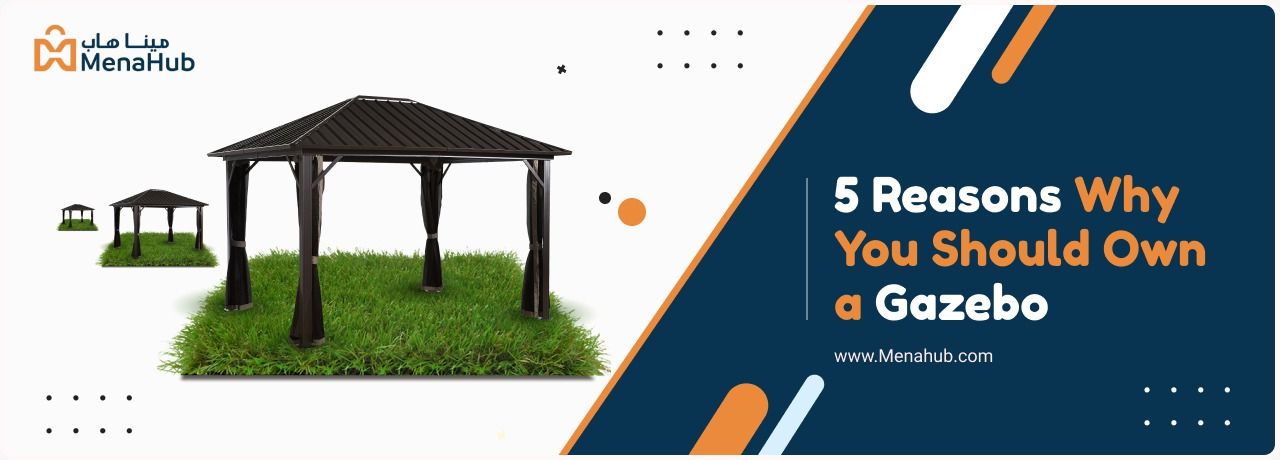
|
Our eyes are the most delicate part of our body and should be cared for in all conditions. Eyes give us visibility to see around the world and help us to do everything with perfection. Any damage to the eyes will be a considerable loss to pay for, and thus it's always better to be on the safe side. Eye protection is the most essential when dealing with chemical, radiological, or even surrounding environmental irritants. These irritants can affect the protective covering of the eye and damage the delicate internal parts. The most effective way to protect your eyes in such hazardous surroundings is through Eye-shields, also known as Goggles, safety glasses, etc. What are Eye Shields or Safety Goggles?Eye shields protect your eyes from foreign bodies entering your eyes and protect them from harmful UV rays (based on the material used for the lens). In earlier times, the glass was used as a safety material for making the lens of protective goggles as it doesn't react with almost every compound. However, with the change in trend and new research, polycarbonate is the latest lens material commonly used to make protective goggles. The aspects that make polycarbonate a great hit are:- - It is lightweight and more comfortable than glass. - Polycarbonate has all the impact-resistant properties which make it pretty secure to use. - These lenses are made of soft material, therefore, do not shatter or break as a glass lens does. With the change in trend, the lenses have been further modified for more comfortable use. The modifications include anti-slip nose edges, anti-fog lenses, chemical-resistant coatings, and a lot more. For whom Safety Goggles are designed?Safety goggles are most suitable for people and jobs who work in highly hazardous or chemical surroundings. These people include, 1. People who wish to protect themselves from infectious diseases. This includes the patients who have undergone eye surgery or people with a vulnerable physique who need extra protection. 2. Cleanliness staff across various domains like hospitals, public places, etc. Hospitals and other public places are prone to infections, and cleaning staff are more prone to contact such infections. Hence, cleaning teams need to be more careful and follow secure eye protection. 3. Laboratory workers and researchers who are exposed to chemical and radioactive surroundings. Any Research and Development Lab involves using one or the other chemical or extreme temperature and pressure conditions, where your eyes need protection. Thus every Research professional or even laboratory worker has to follow up with safety measures. 4. People on construction sites. Construction sites are prone to flying debris across the area, including tiny dust particles and small stone or cement granules. To protect the eyes from such debris, people on construction sites use safety goggles. 5. Mining workers and other professionals like electricians, carpenters, etc. These are the workers who are prone to either hazardous fluids or solids, which can affect the natural health of the eye. Having the protection of safety goggles will save them from unwanted damage. Difference between Safety Goggles and GlassesSafety Goggles or Safety glasses are protective eye shields that cover the area around the eyes only. These glasses enclose the eyes' area and protect them from hazardous chemicals, infectious materials, and a lot more. Safety goggles and glasses may seem to be the same but have a minor distinctive factor. These are equipped with an adjustable elastic strap attached to the lenses. Also, this strap makes the goggles to be affixed to the eyes. On the other hand, Safety glasses are protective glasses held with earpieces. What are the types of Safety Goggles?At present, two types of safety goggles are prevalent on the market, according to the convenience of the user:- Sight Guard: This type of goggles has a 360° covered protection over your eyes with solid earpieces to retain the perfect fit. Also, these goggles are well known for their optimal visibility and all-around protection. In addition, sight guard goggles are the best to protect you from the hazardous impact of chemicals and harmful gases. These goggles also have variants in anti-fog and anti-scratch coatings that give lenses an extended life. Flexi Chem: These goggles are specially designed for those who do not find earpieces much comfortable. The lenses in these goggles are attached to an adjustable elastic strap tied around the head and protect the glasses from slipping off the nose. These glasses also have an all-around covering to protect the debris from getting in through the corners. It's best for a splash-proof experience. Both the variants come under different coatings as well, depending on their type of use. For example, acetate coating on lenses prevents the splashes of chemicals. Also, the right yet comfortable fit of the goggles protects from harmful gases as well. How to clean Safety Goggles?The base of the safety goggles is made of polycarbonate material and is safe to use. It's much lighter than traditional glasses. These are easy to clean and are available in scratch-proof coating as well. Having a scratch-proof coating over the lens will prevent it from getting scratches and provide better visibility. Many safety goggles come with a particular lens chemical that aids clear visibility and a better experience. Others can be wiped off with a wet towel or a paper napkin. Make sure to clean the towel after cleaning to avoid any chemical reaction on other body parts. What will work best for me?Safety goggles can aid you with a better experience than safety glasses. As safety goggles come with an elastic strap, they generate a better grip and are more comfortable to use. There are some other ways to protect your eyes other than safety goggles. The use of face shields has increased in recent days. Face shields not only protect your eyes but other parts of your face as well. Using a combination of safety goggles and a safety shield will aid you with better protection and a secure experience while dealing with critical situations. Go for acetate-coated safety kits for better protection from chemicals. |



Validate your login